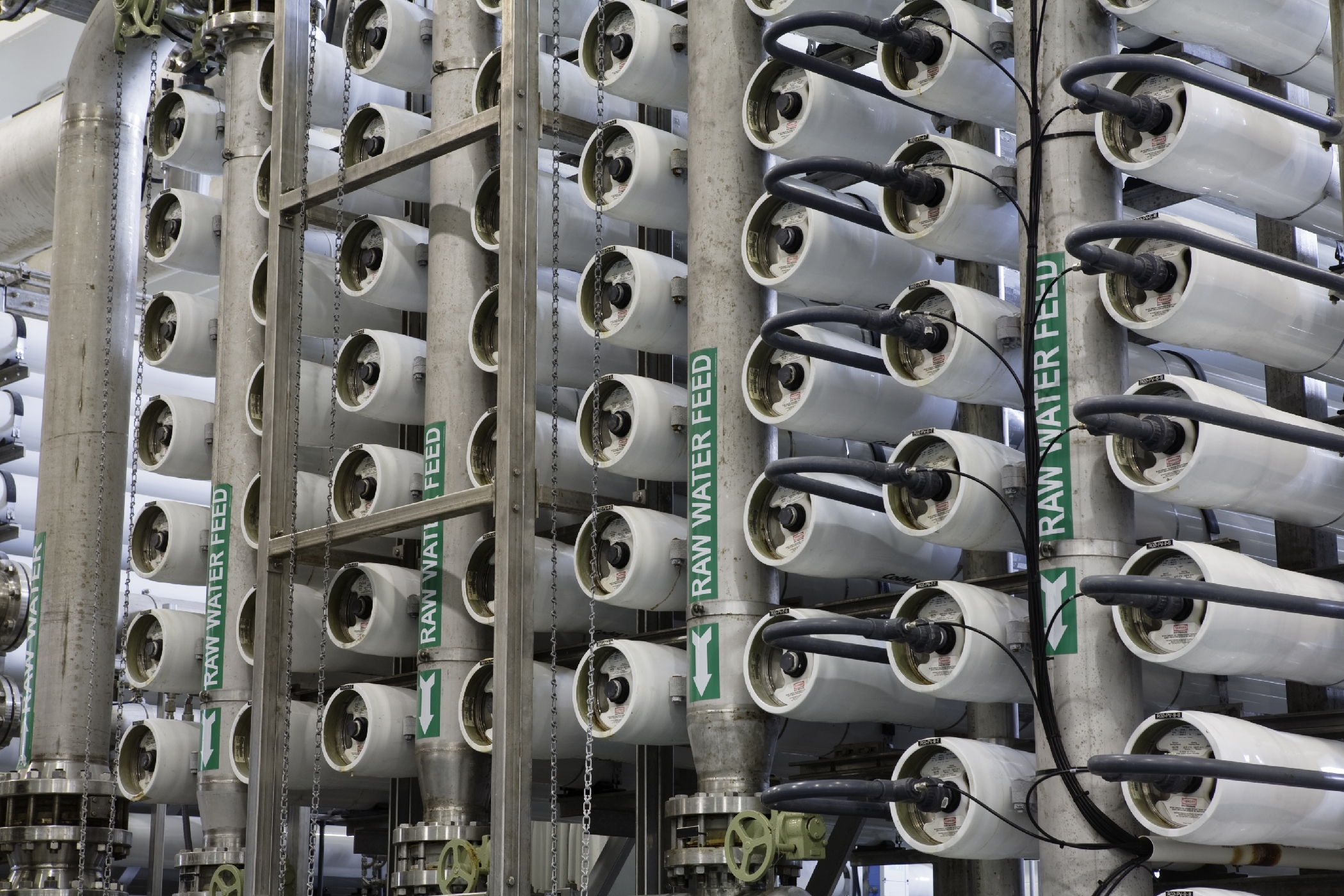By Pacific Institute Staff
Traditionally, freshwater has come from rivers, lakes, streams, and groundwater aquifers. As demand increases and climate change alters the location and timing of water supply, these traditional sources are becoming unavailable, more difficult, or increasingly expensive to develop. As a result, many communities are switching to alternative sources of water, including rainwater, stormwater, greywater, reclaimed water, and brackish and seawater desalination.
Alternative water supplies can reduce pressure on traditional water sources, and, in some cases, increase the availability of existing supplies for other uses (such as the environment). They can also help diversify the water supply portfolio and improve reliability. Some alternatives, such as rainwater, stormwater, and greywater, are produced and accessed locally, which can reduce energy use and treatment and transmission costs. Others, such as desalination and reclaimed water, may have relatively high treatment costs, although their supply may be reliable even in times of drought.
The Pacific Institute has conducted innovative research in several areas related to alternative supplies. In 2006, we published Desalination, With a Grain of Salt, a comprehensive overview of the advantages and disadvantages of seawater desalination that has proven to be a key tool used by policy makers, regulatory agencies, local communities, and environmental groups considering the merits and challenges of desalination. In 2012, the Institute launched a series of research reports that identify key outstanding issues that must be addressed before additional proposals for new seawater desalination in California are approved. Some of the issues include the marine impacts of seawater desalination, the cost and financing of proposed projects, and energy requirements and their greenhouse gas implications. The Pacific Institute has also conducted research on greywater reuse and how it can be a key strategy that reduces demand on existing supplies.
These alternative water supplies are an integral part of the current and future water supply, and their use must be managed with full understanding of their costs and impacts. The Pacific Institute continues to produce new and innovative research reports that will help engage and inform stakeholders interested in ensuring future supply using these non-traditional resources. Our research examines the way these sources are developed and their potential impacts, while making recommendations to improve policy and decision-making.


